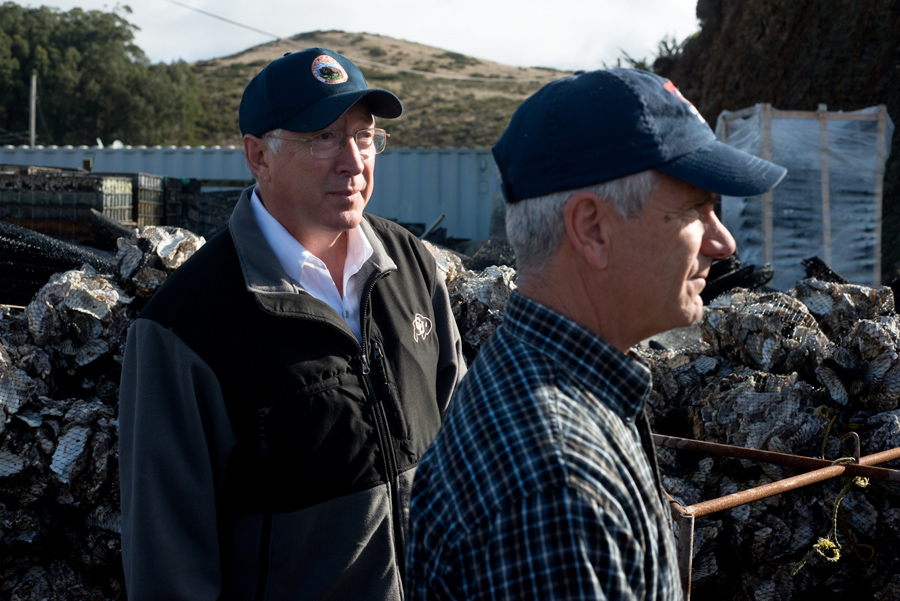The debate over whether an oyster farm at the end of its lease should remain in a national seashore reached a crescendo last week . . .
Salazar visit provokes old and new arguments


The debate over whether an oyster farm at the end of its lease should remain in a national seashore reached a crescendo last week . . .